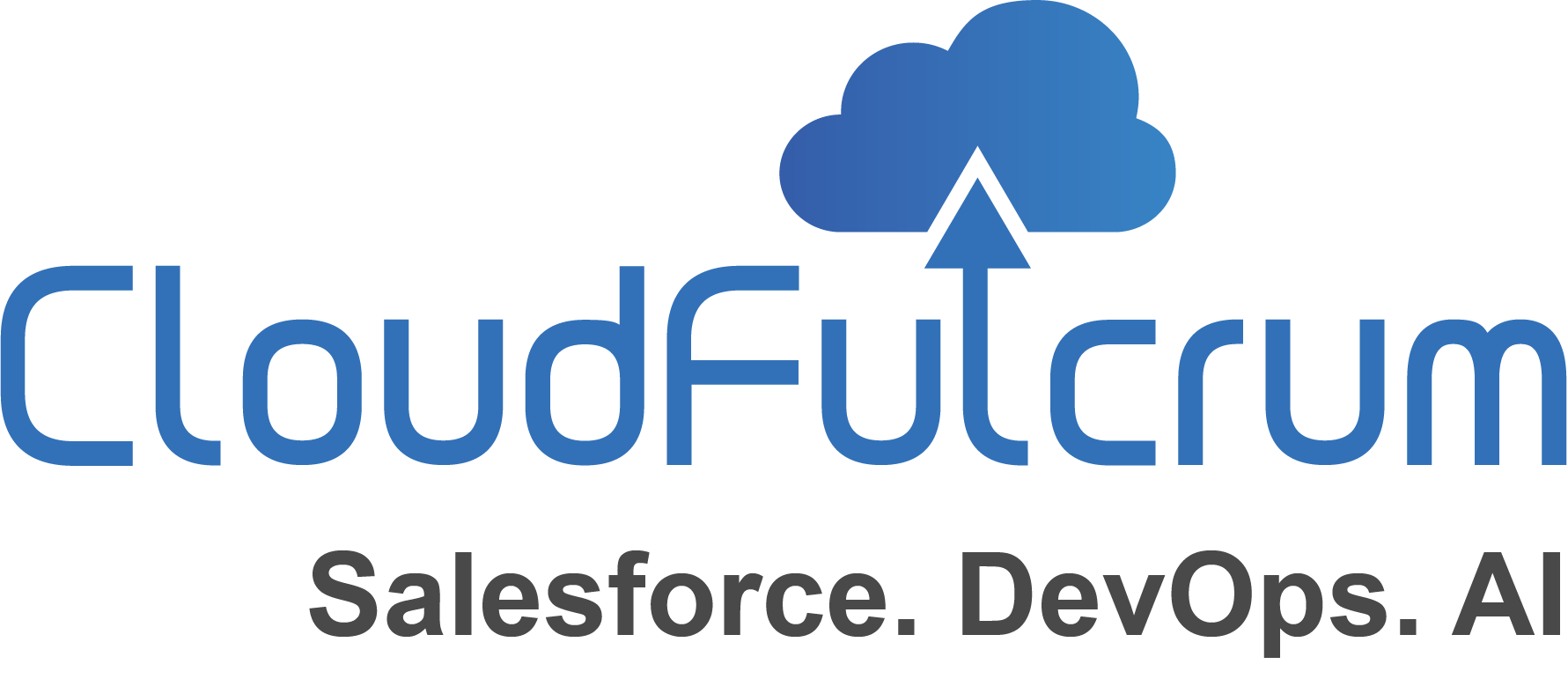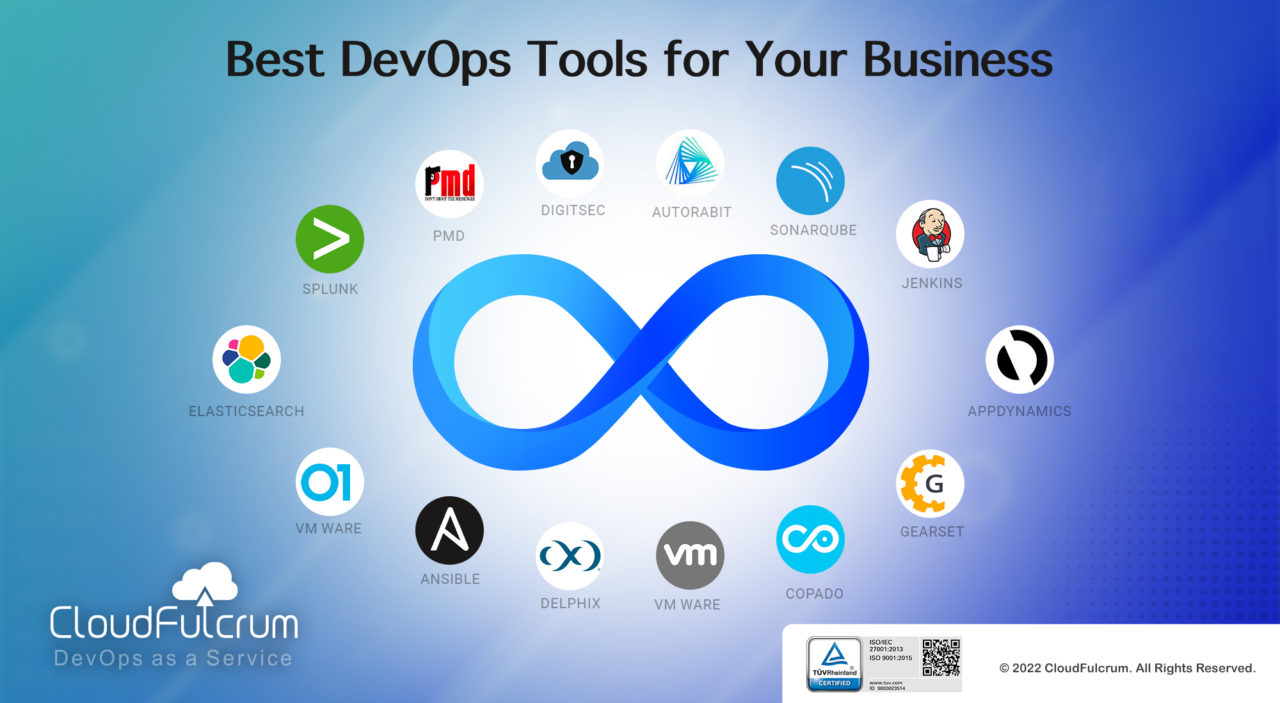DevOps has proven itself to be critical for businesses with its specific application development and operations approach enabling the faster introduction of new products and services and the easier provision of the existing ones. A report says the global DevOps market size accounted for $7,398 million in 2021 and is expected to reach $37,227 million by 2030!
And why not? DevOps does promote faster, more predictable software versions by enabling close collaboration between development, operations, and other stakeholders within the organization via best practices, standardization, and new techniques. Technically, DevOps is not a solution in and of itself, but it does include almost everything from management structure to operations and tooling.
And as more organizations adopt DevOps, it makes sense then that they review the tools they already use and how they are using those tools. Let’s dive deep into this a bit.
Categories of DevOps Tools
Gartner did a neat classification of the DevOps tools in use by various businesses around the globe per their specific requirements and across industries.
So, essentially you have three basic categories:
- DevOps-ready tools – out-of-the-box solutions to support at least one of the workflow steps, offering application release automation and continuous configuration automation. Some examples are VMWare, Ansible, Copado, AutoRabit, and Gearset.
- DevOps-enabled tools – for working in a pipeline environment and enabling activities for development, testing, quality assurance, and production for the application and infrastructure. The main focus here is on the integrity and fidelity of the application and infrastructure. Examples include Jenkins, Delphix, and more.
- DevOps-capable tools – these are mostly stand-alone tools for monitoring, security testing (dynamic application security testing [DAST]), and lab management. These can be easily adopted for DevOps projects. For example, tools like AppDynamics, SonarQube, DigitSec, PMD, Splunk, Elasticsearch, Veracode, and more.
5 Guidelines to Choose the Right DevOps Tools
It’s easy to get hung up on the pros and cons of using one tool versus another but it can also be really confusing because of the way in which your team uses those tools, or how you introduce those tools to the team.
There are two key aspects you need to look at to become a high-performing organization – the social dynamics of your organization and tooling roadmaps from public cloud vendors. These guidelines should help you decide.
1. Collaboration
Effective collaboration between teams is critical for DevOps. And while purchasing a dedicated collaboration tool might be a good idea, you can also use other tools that offer collaboration as a feature to serve your purpose.
Let’s look at version control. If your goal is to encourage more people in your teams to use it, and you insist on a command-line tool for version control, you’ll miss out on collaboration opportunities. For instance, a basic command-line view of version control is certainly part of a DevOps toolset, but non-technical people won’t understand it. then, the essence of collaboration is lost. But if you were to use something like Github, Bitbucket, or Gitlab, everyone can read the discussion threads around file changes to get people talking about why a file changed.
2. APIs
You would need a tool that is customizable for your needs. That means – a fully featured API for each tool. Choosing an API-rich tool gives you the benefit of easy wiring for alerts and other events. A best practice that should be followed here is to avoid tools that can do everything well. No tool does that! Find one that does one or more jobs well and integrates easily with other tools.
You also need to ensure that whichever tool you choose, you get the operational care and support needed to make them work well. So, consider starting with SaaS-hosted offerings and running internal prototypes/demo versions before building an internal capability.
3. Configuration
Now, configuration is a core tent of DevOps. You must store all configuration settings in the version control – not just for custom software applications, but also for tools you use in software delivery and IT operations.
To be effective in DevOps, each tool must expose its configuration in a way that it’s easy for you to store the configuration as text files, which can then be exposed to version control. This way you can track the history of configuration changes and test changes in advance. Tracking is very important unless you want to break the entire cog wheels that make DevOps work!
4. Learning
An effective DevOps tool must encourage learning the craft itself. And for that to happen, the tool must be easy to understand and not be unnecessarily complicated. When people are new to something, you shouldn’t presume that they will adopt the tools easily.
Before introducing a tool, gauge the skills in your organization and devise a tools roadmap for moving teams to improved ways of working. Select tools that offer more than one way to use certain things, such as GUI, API, command line, etc, so people can learn at their own pace. You must also schedule regular team show-and-tell sessions to demonstrate tools and techniques to help your team to leverage the tool’s capabilities in a better way.
DevOps is a journey, and you must bring people along on it to make it work.
5. Production
If you want your DevOps efforts to succeed, then you must avoid special production-only tools. The speed and frequency in DevOps mean that you have to emphasize the feedback loops within your delivery and operations processes. And it’s important that your team learns how the production environment works so they can build better-working, more resilient software.
Insisting only on the production-specific tool will prevent this learning process. Production has always been treated in a special way right from the beginning. If the tool isn’t good enough to be used in nonproduction environments (development, continuous integration, staging, etc.), the DevOps approach won’t be that effective. With a DevOps approach, your aim is to choose tools that are easy to install and can spin up in multiple environments, even if the feature set is less impressive.
Regardless of what you choose, all the key phases of the DevOps lifecycle must use the right tools for enhanced efficiencies. You must be flexible with the review of current release management practice, identify the requirements, and choose the right tool.
Tap Into CloudFulcrum’s Expertise to Formulate a DevOps Tooling Partner
CloudFulcrum is a premium tooling partner in the entire Salesforce DevOps ecosystem. We have extensive experience in building DevOps platforms and architecting complex DevOps implementations for Fortune 100 customers.
When we work with your team, we prepare a comprehensive state of DevOps for your Salesforce practice and prepare a future state with goals and metrics. This includes a diligent assessment of the tools you are already using and setting up the future state of Salesforce Release Management with CI/CD tooling recommendations.
Get started on the right path today by scheduling a discovery call!

